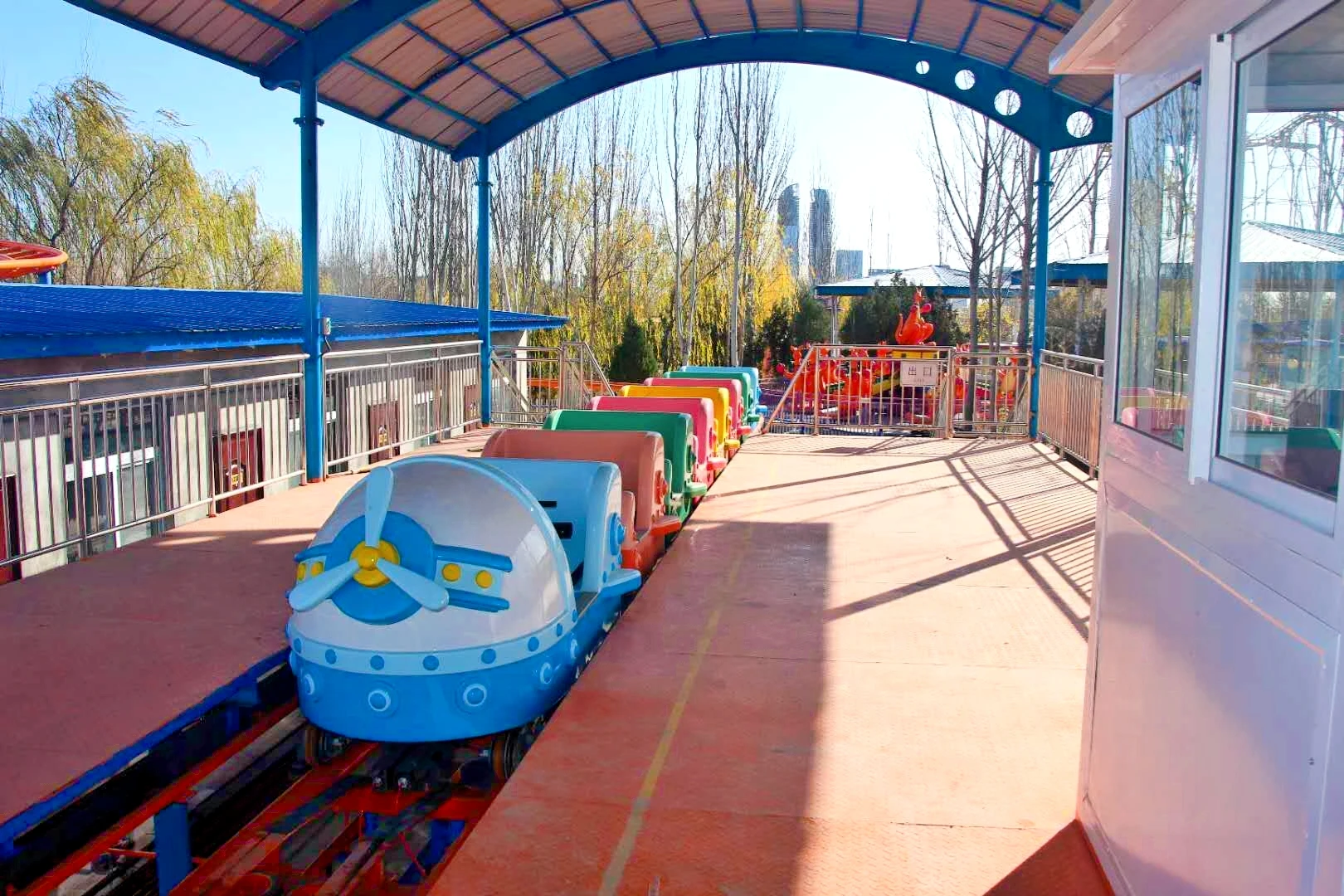- Albanian
- Arabic
- Belarusian
- Bengali
- Czech
- English
- French
- German
- Hebrew
- Hungarian
- Indonesian
- irish
- Italian
- Japanese
- kazakh
- Persian
- Russian
- Thai
- Uzbek
- Vietnamese
carousel in china
The Rise of Carousel Culture in China
In recent years, the concept of carousels—those delightful rotating platforms adorned with vibrant figures—has experienced a resurgence in popularity across China. This trend is reflective of the country's broader cultural shift towards embracing nostalgia and leisure, making it a fascinating point of discussion when considering modern lifestyle changes.
Carousels have long been associated with amusement parks and fairs, bringing joy to children and adults alike. Their enchanting atmosphere, filled with the sounds of joyous laughter and cheerful music, creates an environment where memories are forged. In China, these whimsical structures are not merely entertainment; they symbolize a more profound cultural renaissance, merging tradition with modernity.
The growth of carousels in China can be attributed to several factors. Firstly, urbanization has led to the expansion of public spaces such as parks, shopping malls, and entertainment complexes, where carousels naturally fit into the landscape. Cities like Shanghai and Beijing are witnessing the construction of sophisticated, themed shopping centers that boast elaborate carousel designs, drawing in families seeking recreational activities. This integration reflects the broader trend of city dwellers pursuing leisure in their increasingly fast-paced lives.
Moreover, the appeal of carousels is heightened by their strong ties to childhood memories. Many adults in China often reminisce about their formative years spent at local amusement parks. As the nation's population ages and disposable incomes grow, there is a parallel desire to recapture the innocence and joy of youth. Carousels serve as a nostalgic reminder of simpler times, allowing parents to create new memories with their children while reaffirming their own experiences. Social media plays a crucial role in this revival, with families sharing photos of their carousel adventures, thus spreading the allure of these attractions.
carousel in china

Cultural elements are also seamlessly woven into the designs of modern carousels in China. Unlike the traditional western-style carousels predominantly featuring horses, many contemporary Chinese carousels incorporate local themes and characters from folklore, history, and pop culture. For instance, some carousels showcase mythical creatures from Chinese mythology, such as dragons and phoenixes, making them unique attractions. These thematic variations not only celebrate Chinese heritage but also offer an opportunity for cultural education, especially for the younger generation.
Furthermore, the recent surge in domestic tourism has given a boost to the carousel market. During national holidays and festivals, families tend to flock to amusement parks or holiday resorts, where they often encounter these spinning delights. The government recognizes the importance of developing the entertainment sector as part of broader economic goals, encouraging investment in leisure infrastructure. This support has resulted in impressive installations that go beyond simple rides; many feature LED lighting, intricate designs, and even VR components, creating an immersive experience that appeals to a tech-savvy audience.
E-commerce has also played a significant role in promoting carousel culture in China. Online platforms often feature merchandise and collectibles related to popular carousels, stimulating interest and engagement. This not only generates additional revenue but also allows enthusiasts to connect with like-minded individuals, share experiences, and delve deeper into the culture surrounding these attractions.
However, challenges remain. As the carousel industry grows, ensuring safety and maintenance standards becomes increasingly important. Incidents of accidents can tarnish the reputation of amusement attractions, making it essential for operators to prioritize safety measures. Additionally, with the rise of digital entertainment options, maintaining interest in traditional amusement rides poses an ongoing challenge. Operators must continually innovate to keep the carousel experience fresh and exciting.
In conclusion, the rise of carousel culture in China is emblematic of various social dynamics, including urbanization, nostalgia, and the intertwining of tradition and innovation. As these charming attractions continue to capture the hearts of both the young and the young at heart, they remind us of the importance of joy and leisure in our lives. Through the lens of carousels, we glimpse a society that cherishes its past while eagerly crafting a vibrant future, turning each spin into a celebration of life and connection.
-
Flume Ride-Hebei Zhipao Amusement Equipment Manufacturing Co., Ltd.|Thrilling Water Attraction&Customizable DesignJul.30,2025
-
Flume Ride - Hebei Zhipao Amusement Equipment | Water Coaster, Thrilling DescentJul.30,2025
-
Flume Ride - Hebei Zhipao | Thrilling Water AttractionJul.30,2025
-
Flume Ride: Thrilling Water Attraction by Hebei Zhipao|Log Flume Manufacturers&Flume Ride DesignJul.30,2025
-
Flume Ride-Hebei Zhipao Amusement Equipment Manufacturing Co., Ltd.|Thrilling Water Coaster, Safe DesignJul.30,2025
-
Flume Ride-Hebei Zhipao Amusement Equipment Manufacturing Co., Ltd.|Thrilling Water Attraction, Safe DesignJul.30,2025
